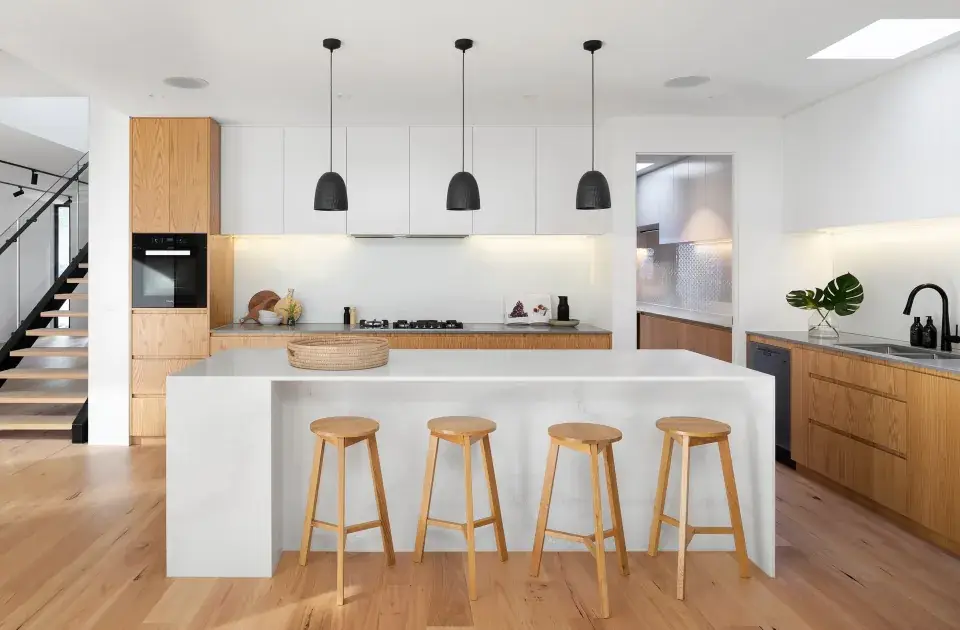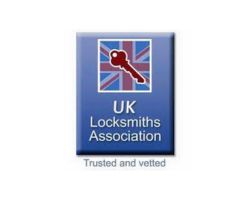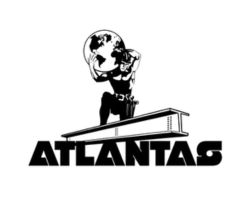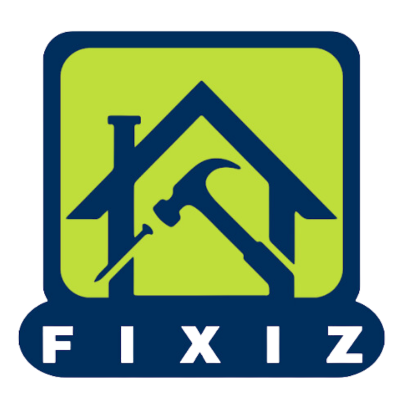Email:
info@fixiz.co.uk
Physical address:
128 City Road, EC1V 2NX, London,UK
If don’t find what you are looking for, just reach us in the button below.
“Our Mission: Delivering Quality Property Maintenance Services”
Founder
A: Yes, you can either provide us with a list of materials (if you have one), or the electrician can supply those after an on-site visit. However, these materials are not included in the service price.
A: Some of the warning signs you should pay attention to include a persistent burning smell, loose connections in the outlets, dimming or flickering lights, visible poor condition of the wiring (especially valid for older properties) and many others. If you suspect that the existing wiring is hazardous, the best action would be to call a certified electrician in your area to perform a thorough home safety inspection.
A: We’ll try our best to send a professional as soon as possible. Usually, you can make an appointment for the same day, including Saturday & Sunday (subject to availability).
All our work carries a one-year warranty on parts and workmanship. Work is also covered by NICEIC insurance to give you additional peace of mind.
A: a valid EPC to the person who ultimately becomes the buyer or tenant. give an EPC to the owner of the building not more than five days after the work has been completed.
A: An EPC is valid for 10 years or until a newer EPC is produced for the same building no matter how many times the property is sold or rented out during that period. Existing occupiers and tenants will not require an EPC unless they sell, assign or sublet their interest in a building.
A: Yes. It is a legal requirement to have a valid EPC for a property when marketing for sales and/or lettings.
A: You can be fined if you do not get an EPC when you need one. The person selling the house, the landlord or the letting agent must show you the EPC if you’re buying or renting.
A: You cannot issue an EPC yourself and you might be offered the services via an estate or letting agent, however to get the best EPC cost, make sure you get the assessment completed directly.
A: You don’t need an Energy Performance Certificate ( EPC ) if you can demonstrate that the building is any of these: listed or officially protected and the minimum energy performance requirements would unacceptably alter it. a temporary building only going to be used for 2 years or less.
A: An EPC is required when a building is constructed, rented or sold. A building will need an EPC if it has a roof and walls and has heating, air conditioning or mechanical ventilation. A garden shed, garage or old barn would not need an EPC if it doesn’t use energy to heat it up or cool it down.
Our 30 minute fire doors (FD30) are 44mm thick
Our 60 minute fire doors (FD60) are 54mm thick
The amount that can be removed from the edges of a fire door differs from one door to the next and depends on several factors, including the exact materials used during construction and guidelines from the fire rating certificate. Accurate trimming information can only be provided by the manufacturer on a case-by-case basis after the door has been completed.
There are no set rules that detail how long a fire door lasts before it needs to be replaced.
The condition of the door should be monitored and checked at least every 6 months to ensure it is in good working order. Fire doors should comply with the latest fire door regulations and so it is important to keep up to date with any changes in regulations which may mean your doors are no longer fit for purpose.
All our fire doors satisfy the DDA regulations.
In order to calculate the weight of a fire door you will need to know the weight per square meter (kg/m2) of the doors core.
This is determined using the thickness of the door as follows: 44mm = 55kg 54mm = 75kg The calculation below can be used to determine the approximate weight of the fire door. Please note that the calculation does not take glass weight into account. Width X height X thickness X kg/m2 of the door’s core = Weight of fire door. For example for a door that was 926x2040mm with a thickness of 44mm the following calculation would give an approximate weight: 0.926 X 2.040 X 0.44 X 55 = 45 KG.
Yes, fire door seals can be fitted to either the door or the frame Double doors or door and a half fire doors will need to have fire door seals fitted to the door to ensure that the gap between each leaf is taken into consideration.
Regulations state that fire doors should self-close completely and reliably. They do not however need to bang or slam shut. The reason for the slamming is usually due to the fire door closer having an incorrect closing speed or power size. Many self-closing devices can be adjusted so that the door will close correctly without slamming shut.
Other issues including a loss of fluid or improper fitting could be causing the issue. It is also possible to fit self-closing devices with a latching action which close the door quickly at first and then stop it from slamming by closing the last few inches slowly.
It is advisable to have your fire door closer maintained and altered by a competent person.
BWF-Certifire have created a guide on how to ensure you retain your Fire Door Certification when considering making alterations.
The closing force rating of fire door closers, also called “power size”, relates to the maximum width and weight of fire doors that the door closer can reliably close and hold closed.
Whilst it is possible to fit self closing hinges to a fire door, Safelincs does not recommend their use as they slam the door quickly.
Fire doors should never be propped or wedged open as the fire door would not be able to close in the event of a fire.
A safe and legal solution to holding open fire doors is to install a fire door holder also known as a retainer. Fire door retainers can be easily installed onto existing doors and allow the door to be held open at any angle.
They comply with regulations because when the fire alarm sounds, the door retainer releases the fire door to close, preventing the spread of fire. Fire doors should never be propped or wedged open to improve ventilation.
Cutting the bottom off a fire door could threaten the integrity of your fire door and could put lives at risk.
If you need to increase air circulation in your building the best option is to hold your fire door open with a fire door holder or free-swing door closer.
These are legal solutions that enable a fire door to be left open but will activate the automatic closing of the fire door on the sounding of fire alarm, preventing the spread of smoke and fire.
Yes, in some cases you can make alterations to your fire door, however these alterations can only be done if they remain within the scope of the fire door’s Certifire Approal documents.
For example when a fire rated door viewer or intumescent letterbox / letter plate is required. This information should also be detailed in the installation and maintenance instructions supplied with each door leaf. It is critical that any changes made to a fire door is done so following the manufacturer’s instructions, by a trained professional, and with certified hardware to ensure that the performance of the door, and it’s associated certification, is not compromised.
BWF-Certifire have created a guide on how to ensure you retain your Fire Door Certification when considering making alterations.
Yes, intumescent fire seals are required on all fire doors. Newer doors and frames have a channel cut into them for rebated seals (if not supplied with seals already in place). For older doors, surface-mounted seals can be used instead.
Please note: some of our seals have brushes on them, which are designed to block the spread of smoke around the door before ambient heat has caused the intumescent seals to expand and fill any gaps – these are usually required on doors, so make sure a competent person has performed the appropriate fire risk assessments or fire door inspections before purchasing.
BWF-Certifire have created a guide on how to ensure you retain your Fire Door Certification when considering making alterations.
Fire doors must be used in walls which form the compartmentation of the premises – specific areas within the building that are constructed to be fire-resistant.
These may be individual rooms, but could also contain multiple rooms or might be vertical risers and lift shafts.
Fire-rated doors are not required for walls not part of a compartment boundary. Additional fire doors can be installed in place of normal doors, but they would provide minimal protection as the walls around them may not be constructed of especially fire-resistant materials and could burn through while the fire door remains intact.
There is a risk of occupants gaining a false sense of security if fire doors are installed in non-compartment walls, so this should only be done under the guidance of a proper fire risk assessment conducted by a competent person.
Please consult the original building plans, if available, to determine where your premises’ fire compartments are, or otherwise have a competent person perform a fire risk assessment or fire door inspection.
BWF-Certifire have created a guide on how to ensure you retain your Fire Door Certification when considering making alterations.
A: A careful look at your premises and the people who use them, from a fire prevention perspective. It’s about understanding the potential risks, then improving your fire safety precautions to keep people safe.
A: The Regulatory Reform (Fire Safety) Order 2005 requires the Responsible Person to develop general fire precautions for their premises, including the provision of a fire risk assessment. The fire risk assessment should consider all aspects of fire within the premises and set out what should be done to keep people safe.
Fire risk assessments are not just a legal requirement, they can be time consuming, complex, often require specialist knowledge and opinion; so we understand it can be a difficult task to get right and properly maintain.
A: Companies should review their risk assessments and risk management practices once every 3 years, or: Whenever there to any significant changes to workplace processes or design. Whenever new machinery, substances or procedures are introduced.
A: Fire Risk Assessment is a legal requirement. If you are responsible for a building, for example a employer, owner or occupier of premises that aren’t a ‘single private dwelling’ (a private home), you need to make sure a suitably competent person completes a Fire Risk Assessment.
A: Is there a requirement for a landlord fire risk assessment? Yes, legislation requires that a fire risk assessment is carried out in all areas of the landlord’s properties. This process will identify any fire hazards and who is at risk and decide if anything needs to be done to remove or reduce that risk.
A: An owner of the company is responsible for completing a fire risk assessment, too. Others who are responsible include landlords, as well as an occupier. If a person has control of the premise, then they are the ones responsible for carrying out an assessment.
A: Fire risk assessments
A: No worries there, your Handymen will bring all the necessary tools and equipment for the job.
A: This service is hourly based. The minimum charge is 1 hour per appointment. After the first hour, we charge on a half-hour basis. You only pay for the actual time spent on-site and for the job to be completed to your satisfaction.
A: Yes , All the Handymen works are guaranteed and insurance cover.
A: Every handyman brings a small amount of screws, wall plugs, white paint, white silicone, etc with him. If the handyman uses a small amount from the materials, we won’t add them to the total service cost.
For everything else – replacement parts, different colour of paint/silicone, a whole tube of silicone, a can of paint – please advise your customer agent as the technician should source them in advance. The price for those materials will be added to the final bill.
A: We primarily use quality products from Dulux and Farrow and Ball. If there’s another brand you’re interested in using, we’d be happy to accommodate you.
A: We always apply two coats of paint, guaranteed. However, there are some cases where two coats are not needed. If this is the case, we would discuss it with the customer.
A: These types of paints don’t actually have primer mixed in with them, but they do have a resin that gives them the property of good adhesion. This will make the use of primer unnecessary in many circumstances.
A: The different kinds of paint finishes are : Matt Finish — Little to no shine at all. This finish is great for covering imperfections on the surface but is not the most durable option.
Eggshell Finish – This low-luster finish provides a small amount of shine. Eggshell finishes are great in areas that do not get very dirty, (i.e. low traffic areas such as an entryway or living room.) Satin Finish – This is the most popular finish for interior spaces in a home.
This finish has a velvety sheen. It’s easy to clean so it can be used in high traffic rooms like your kitchen! Semi-Gloss – This finish has more shine and reflective qualities than other finishes.
It’s great for rooms that get a lot of traffic and steam such as bathrooms as it’s mildew-resistant. High-Gloss – This finish is the shiniest, most durable, and easiest to clean. This type of paint is perfect for cabinetry, doors, and certain trims.
A: When you work through professional companies such as Fixiz, we advise that you allow the professionals to provide the materials as they generally get discounts due to the number of materials they purchase for their business. Our estimates include the cost of paint.
HIGH QUALITY AND MOST RELIABLE SERVICE TO HOMES AND BUSINESSES YOU CAN TRUST IN THE UK!
FIXIZ your best partner
















